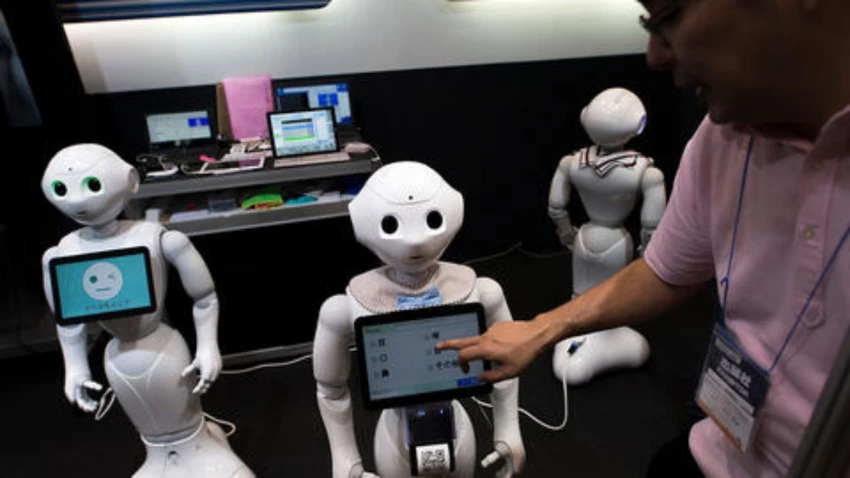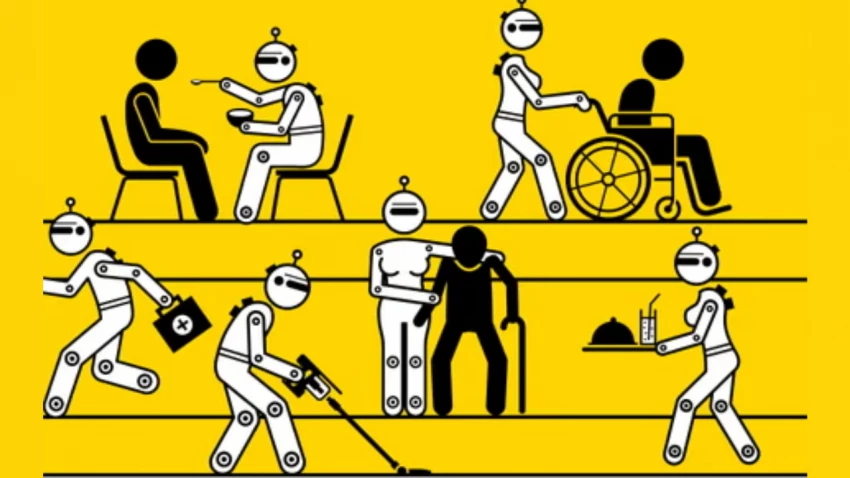

Robots are no longer confined to factory floors or science fiction. They are entering homes, hospitals, and nursing facilities as caregivers. But as machines take on roles once defined by empathy and compassion, we face an uncomfortable question: Can caregiving be reduced to code, or does it require something deeper?
The rise of robot caregivers is tied to demographics and economics.
By 2050, the number of people aged 60 and above will double to 2.1 billion worldwide.
Countries like Japan and Germany face severe shortages of caregivers. Japan alone is projected to lack 380,000 caregivers by 2025.
Care robots are viewed by some as a promising technological development. They can handle routine tasks, reduce caregiver burnout, and provide constant monitoring. Yet their growth also sparks new debates about the ethics of care and robot caregivers.

Current caregiving robots fall into two categories: humanoid robots that resemble humans, and social or companion robots designed for interaction.
Examples include:
These robots can assist with mobility, medication reminders, and emergency detection. But they also raise ethical concerns about autonomy, privacy, and touch, all central to the ethics of caregiving.
The heart of the debate is whether robots can truly “care” or if they only simulate it.
Arguments in Favor:
Arguments Against:
Ultimately, these ethical concerns raised by the use of AI caregivers highlight a deeper issue: can compassion be engineered, or is it irreplaceably human?
One proposed solution is subjecting AI caregivers to an AI-based oversight system. Such frameworks could monitor robots’ behavior, ensure compliance with safety protocols, and balance autonomy with well-being.
However, this opens further ethical dilemmas:
The existing approaches to the ethical design of care robots suggest hybrid governance models, combining legal regulation, human oversight, and AI-based checks to ensure safety and accountability.
The impact of robots on the autonomy of the elderly is one of the most pressing concerns. A robot reminding someone to take medication can be life-saving, but constant reminders may feel controlling.
Similarly, robots equipped with cameras and sensors raise privacy issues. Continuous monitoring could protect patients, but also strip them of dignity. Striking a balance between autonomy, safety, and privacy is central to the ethics of care and robot caregivers.

Studies show that using social and companion robots can reduce loneliness in older adults. For example, dementia patients who interact with Paro the Seal report lower stress levels and improved mood.
But critics argue that these interactions may offer a false sense of connection. Can a pre-programmed response ever replace the emotional richness of a human caregiver?
The key challenge is ensuring that robots support, rather than replace, human connection. This requires open dialogues between patients, families, caregivers, and policymakers about the role robots should play.
The future of caregiving may involve new ways of caring for human beings using robotic caregivers, but not as replacements. Instead, hybrid care models are emerging:
This approach embraces technology without abandoning compassion. Robots extend human capabilities, but care remains a fundamentally human responsibility.
The robots: ethical issues in robot care debate won’t end soon. Robots can enhance efficiency, ensure safety, and reduce strain on caregivers. Yet, ethical concerns about autonomy, privacy, touch, and psychological well-being cannot be ignored.
The path forward lies in balance: designing robots that support human care while safeguarding dignity and compassion. Care robots are viewed by some as a promising technological development, but their true value depends on how we integrate them into society, with ethics at the forefront.
So, the question remains: when it comes to caregiving, do we entrust compassion to humans alone, or can code play a role in care?
Be the first to post comment!